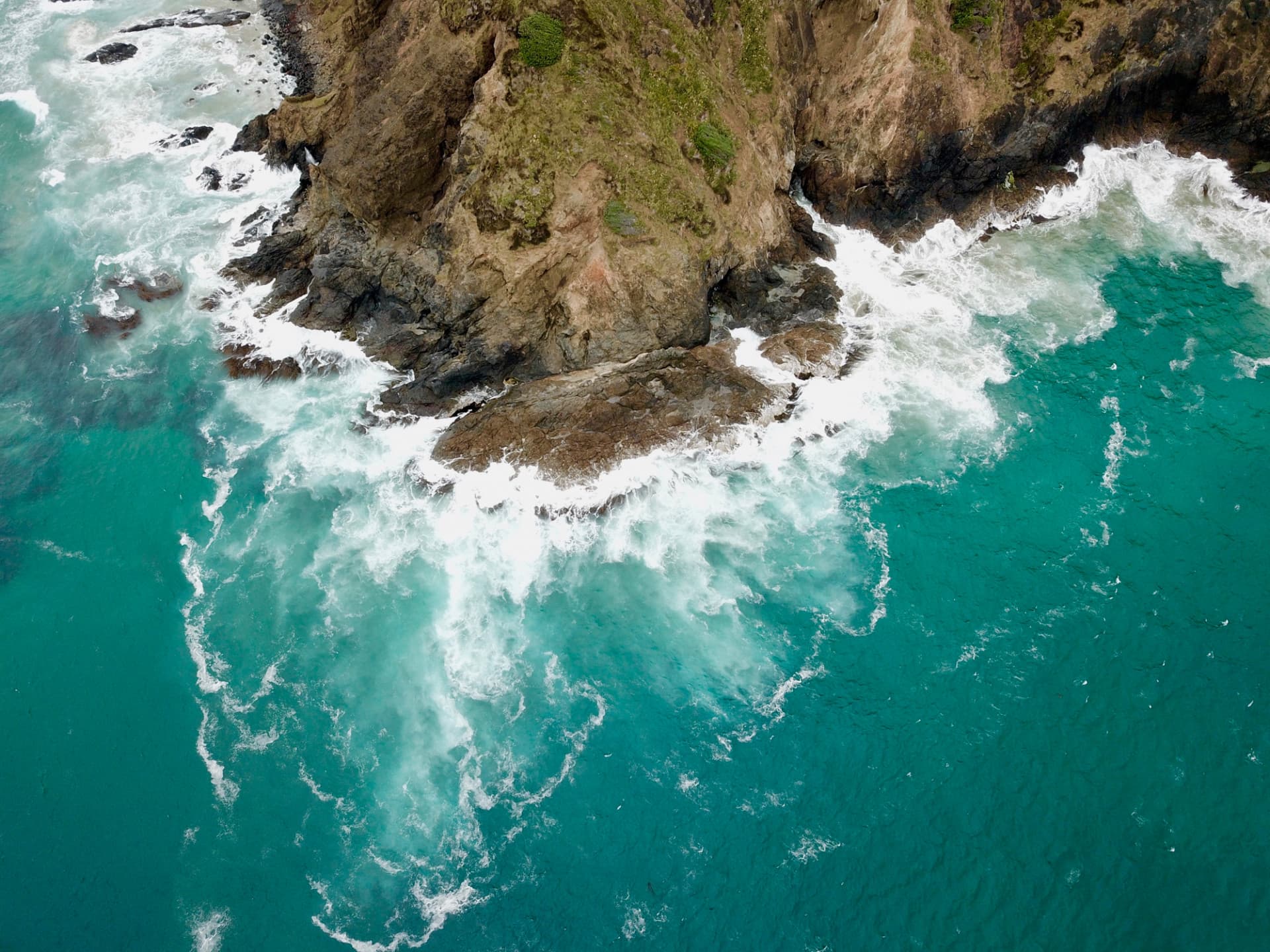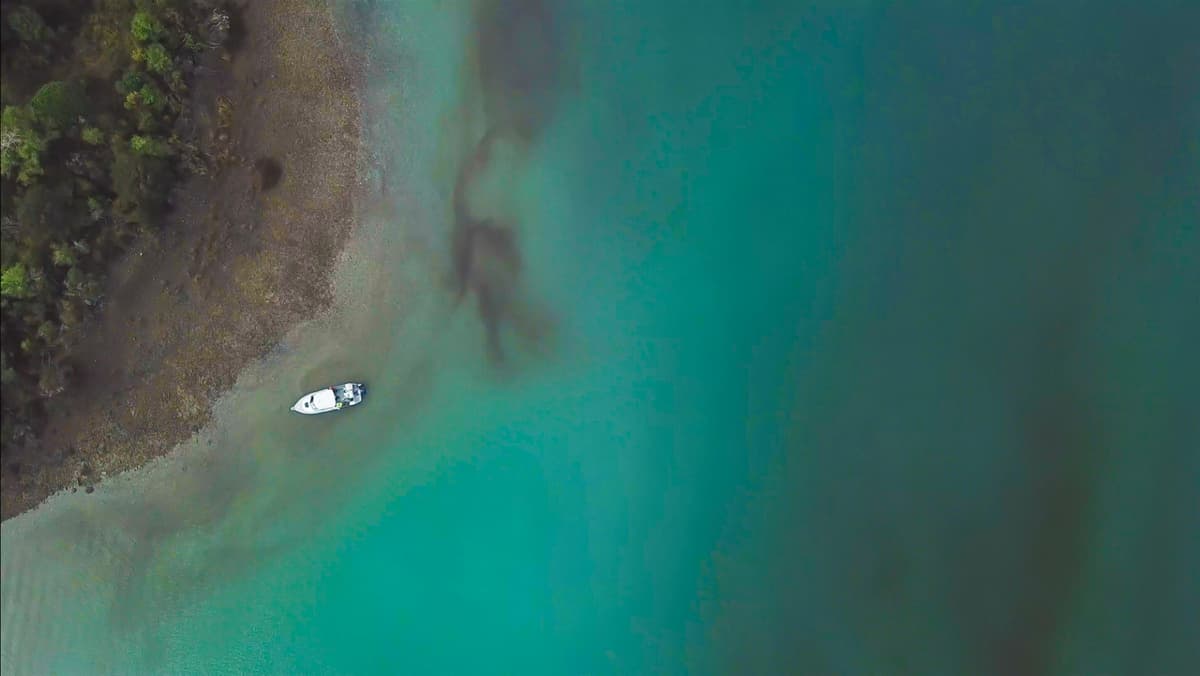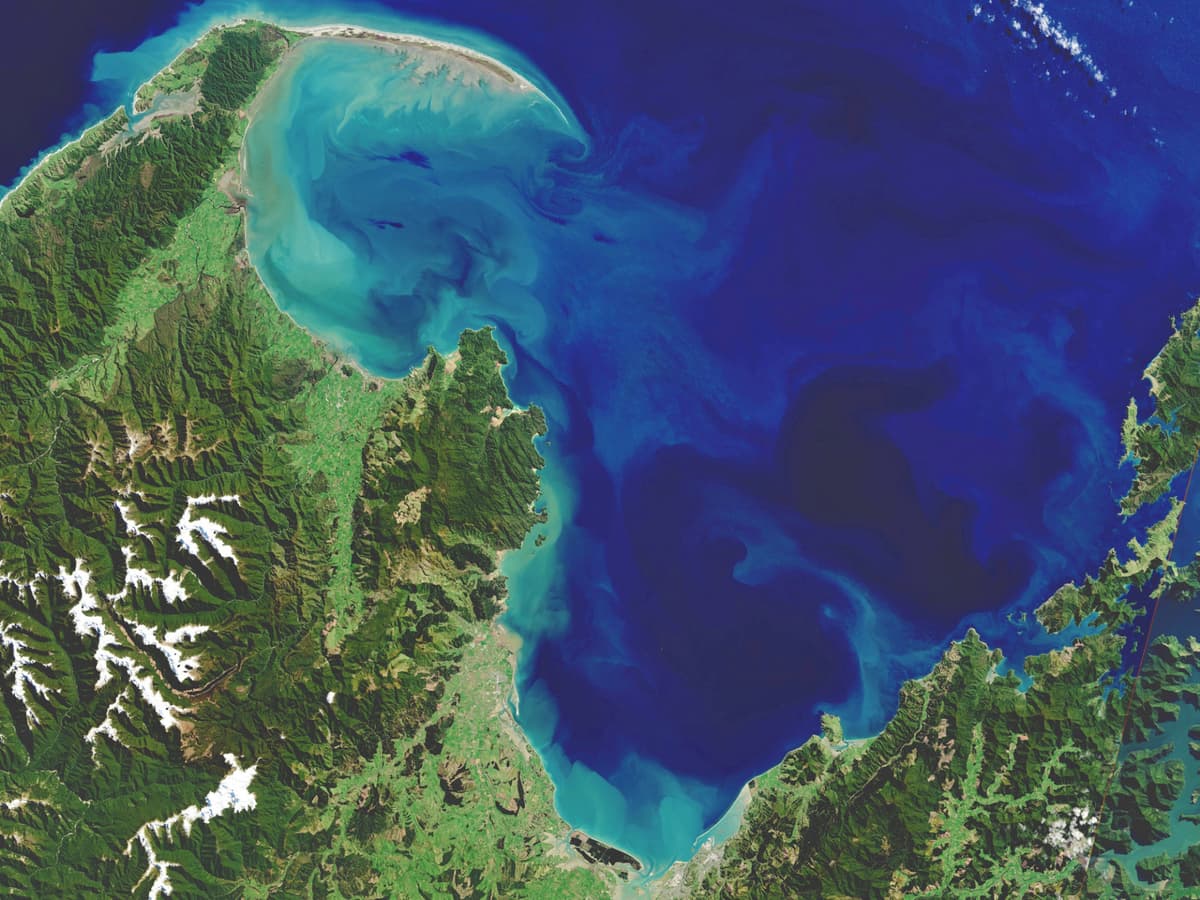

Webinar presentation by Lincoln Mackenzie and Ben Knight, Oct 2019 (42 min + Q&A)
Coasts are at the ‘end of the pipe’ for discharge from local rivers and streams, so seawater quality is sometimes compromised by bacteria from land-based activities. This can affect the revenue of shellfish growing regions and close local beaches to public use.
Cawthron researchers Lincoln Mackenzie and Ben Knight respectively describe innovative methods for detecting harmful algal blooms (HABs) and a new model for forecasting bacterial contamination using a 'weather map'.
Improving detection and forecasting of contamination will help ensure that beaches are not closed when levels are within safe limits; customary and aquaculture harvesting is not unnecessarily restricted; and risks of recall of contaminated products are reduced.

